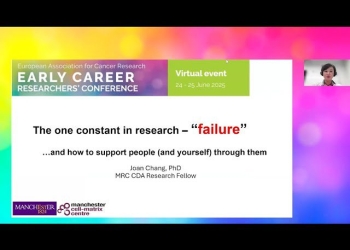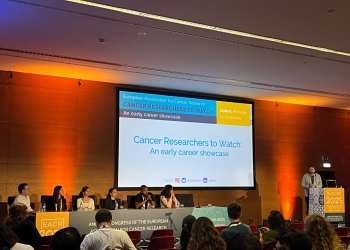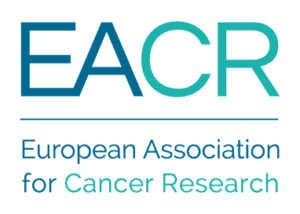The EACR’s Top 10 Cancer Research Publications is a regular summary of the most interesting and impactful recent papers in cancer research. It is curated by the Board of the European Association for Cancer Research (EACR).
The list below appears in no particular order, and the summary information has been provided by the authors.
Use the dropdown menu or ‘Previous’ and ‘Next’ buttons to navigate the list.
![]() C. Stangl et al., bioRxiv 807545
C. Stangl et al., bioRxiv 807545
Summary of the findings
Fusion genes are hallmarks of various cancer types and important determinants for diagnosis, prognosis and treatment possibilities. The promiscuity of fusion genes with respect to partner choice and exact breakpoint-positions restricts their detection in the diagnostic setting, even for known and recurrent fusion gene configurations. To accurately identify these gene fusions in an unbiased manner, we developed FUDGE: a FUsion gene Detection assay from Gene Enrichment. FUDGE couples target-selected and strand-specific CRISPR/Cas9 activity for enrichment and detection of fusion gene drivers – without prior knowledge of fusion partner or breakpoint-location – to long read Nanopore sequencing (Figure 1A).
FUDGE encompasses a dedicated bioinformatics approach (NanoFG) to detect fusion genes from Nanopore sequencing data (Figure 1B). Our strategy is flexible with respect to target choice and enables multiplexed enrichment for simultaneous analysis of several genes in multiple samples in a single sequencing run. We demonstrate that FUDGE effectively identifies fusion genes in cancer cell lines, tumor samples and on whole genome amplified DNA irrespective of partner gene or breakpoint-position in 100% of cases – all within two days.

Future impact of the findings
Fusion detection techniques such as FUDGE will enable faster diagnosis of cancer patients, facilitating immediate initiation of appropriate treatment protocols. The precise genomic breakpoint location of a fusion gene – as detected and reported by FUDGE – provides a patient-specific biomarker that can trace minimal residual disease and tumor dynamics from liquid biopsies. Additionally, by detecting fusion partners in an unbiased manner, previously unidentified or less frequent partners can be identified in addition to known rearrangements. This will aid in the understanding of fusion gene biology and offer opportunities to explore treatment stratification based on fusion (partner) status.









